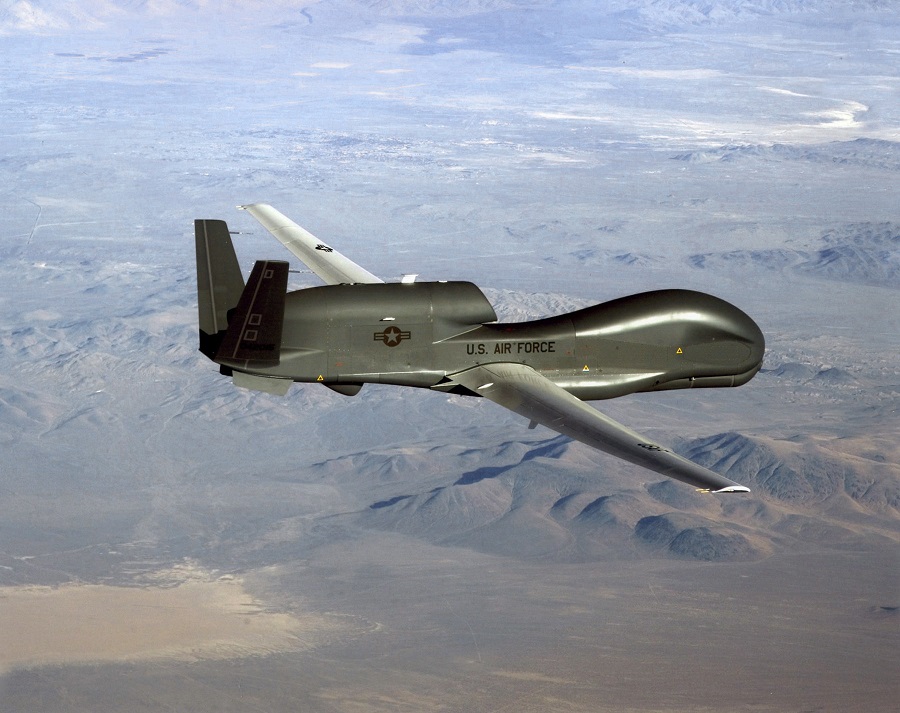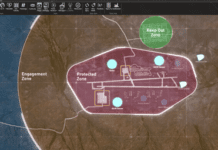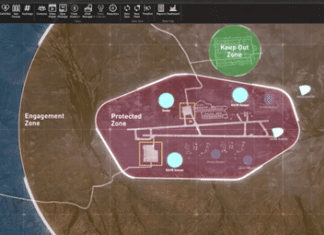
This post is also available in:
 עברית (Hebrew)
עברית (Hebrew)
The unmanned aerial vehicle shot down by Iran on June 20 over the Strait of Hormuz was identified by Iran as an RQ-4A Global Hawk. The move marks an escalation with tensions already running high between the US and Iran. US Central Command confirmed the time and general location of the attack, but insists that the drone was flying in international airspace.
The $220 million Global Hawk UAV manufactured by Northrop Grumman acts as a massive surveillance platform. In operation since 2001, the UAV has a wingspan of more than 130 feet and a maximum takeoff weight of more than 16 tons.
In fact, more than a decade ago, Norhtrop pitched the Department of Defense on expanding the fleet by presenting a hypothetical conflict with Iran. In a 2008 briefing document, the company presented the Pentagon with an analysis of the “future security environment” and how the Global Hawk might play a central role, according to qz.com.
The Global Hawk provides persistent intelligence, surveillance and reconnaissance information. It is designed to gather near-real-time, high-resolution imagery of large areas of land in all types of weather – day or night. A portion of the Global Hawk fleet is engaged in supporting air and ground users with communications relay support. The EQ-4B Global Hawk carries the Battlefield Airborne Communications Node (BACN) payload providing life-saving support to warfighters.
Global Hawk has amassed more than 250,000 flight hours with missions flown in support of military operations in Iraq, Afghanistan, North Africa, and the greater Asia-Pacific region, according to the Northrop’s website. The system provides a platform for multiple sensor payloads to be used together, delivering mission-critical information to various users around the world.
The UAV’s range reaches more than 12,000 nautical miles, and it can fly at strikingly high altitudes of 60,000 feet, and can stay aloft for 34 hours straight, according to wired.com. However, the Global Hawk has no offensive capabilities; its value lies in the ability to combine range, vantage point, and persistence with powerful surveillance sensors to monitor ground or maritime activity in great detail.

























